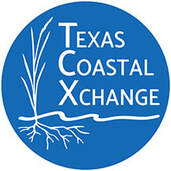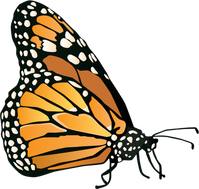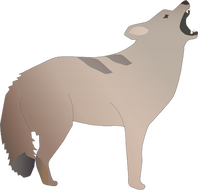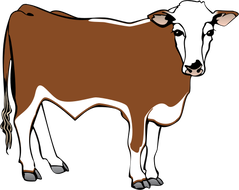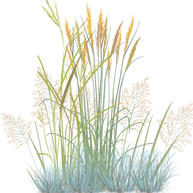The coastal prairies of Texas once spanned 6.5 million acres. Today, less than 1% remains in existence. Development from urban sprawl and land conversion remains a significant threat to this ecosystem and the benefits that it provides.
Flood ControlThe deep roots of coastal prairie plants allow for increased infiltration rates during large rain events. This allows these ecosystems to hold more water and release it slowly, preventing flood damage to nearby communities.
|
Support Of Native PollinatorsPollinator populations are in decline throughout the world. Coastal prairie ecosystems support a diverse array of native pollinators that includes bees, birds, bats, butterflies, beetles, and more. This is important because pollinators are essential to maintaining our food supply and natural environments.
|
Water Quality ImprovementCoastal prairies play an important role in absorbing excess nitrogen and phosphorous. By capturing and controlling these nutrients, prairie plants help improve water quality for both surface and groundwater supplies.
|
Carbon StorageCoastal prairie plants capture carbon dioxide from the atmosphere and store the carbon in their deep-root systems, as well as in the soil.
|
Symbols for diagrams courtesy of the Integration and Application Network
